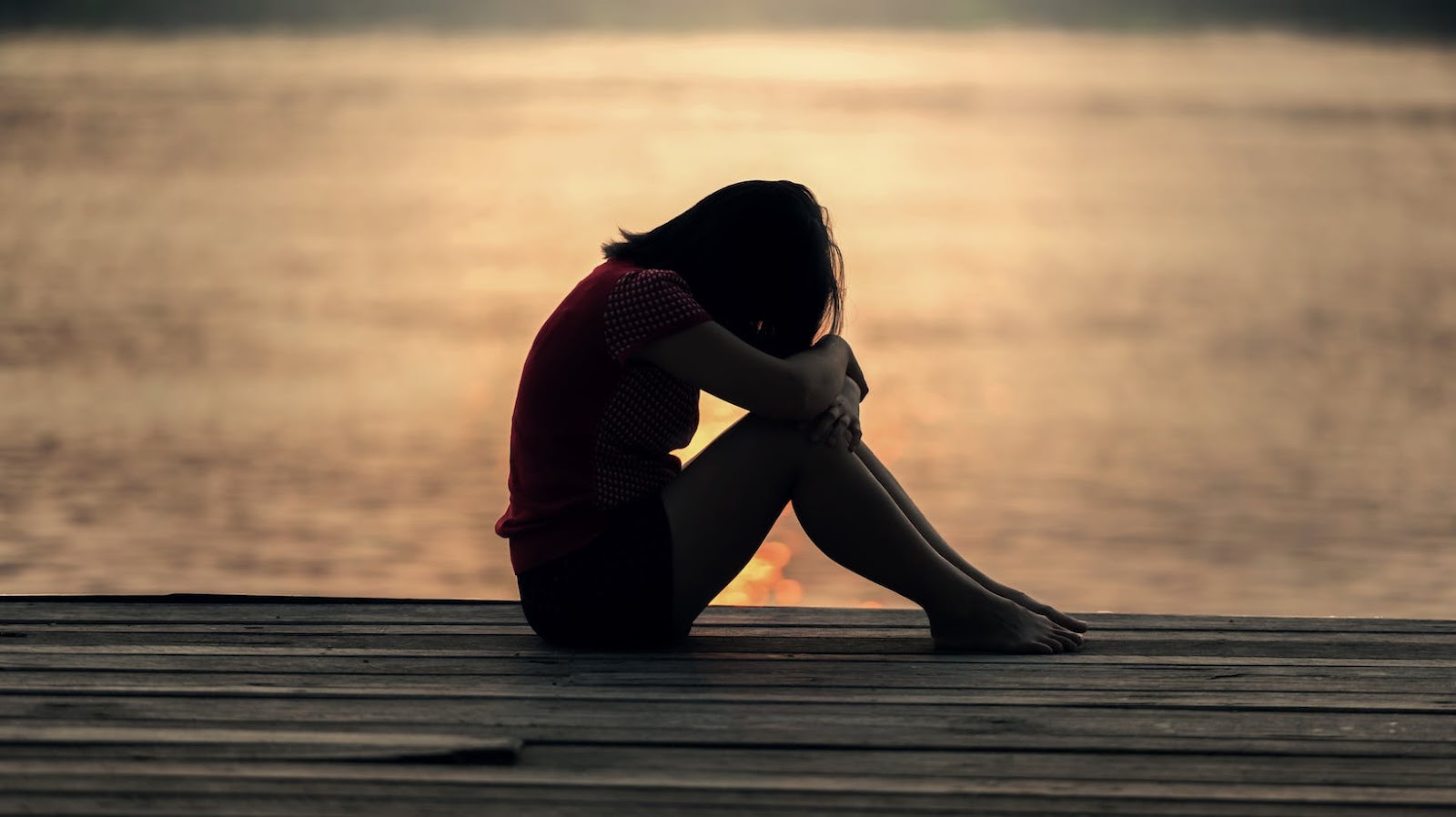
The Connection Between Happiness and Sadness
In the complex world of emotions, happiness and sadness are often perceived as polar opposites. However, understanding both is key to embracing emotional health.
First up is happiness, typically seen as a desirable state. Its triggers could be as simple as a loving interaction with a friend or achieving a long-term goal. The impacts of happiness? It’s highly beneficial to both physical and mental health, improving the immune system and fostering a positive outlook.
Sadness, on the other hand, signals distress or dissatisfaction. Loss, disappointment, or failure might spur feelings of sadness. But despite its negative connotation, sadness has a place in human emotions. It encourages us to pause, explore feelings of discomfort, and work through them.
What’s the connection between these emotions? It’s nuanced.
Many people have experienced waves of sadness following a period of extreme happiness. This phenomenon, dubbed “emotional high”, is a reminder that emotions are multi-faceted. Sometimes happiness might conceal feelings of sadness and vice versa. Coming to terms with this complexity helps in acknowledging and understanding different emotions.
Another connection reveals itself when expressing these emotions. Sometimes people laugh when they’re actually sad or cry when they’re happy. This emotional cross-wiring doesn’t mean something is wrong. It emphasizes that happiness and sadness are more interconnected on the emotional spectrum than people generally believe.
Additionally, happiness and sadness can occur simultaneously, creating an emotional cocktail that could confuse or surprise its experiencer. Seeing a loved child going off to college could evoke feelings of happiness for their growth, and sadness for their departure. Recognizing that these emotions can coexist can be a critical part of emotional acceptance and growth.
Unraveling this connection between happiness and sadness expands our understanding of emotions. It highlights their complexity, and the need for emotional exploration and acceptance to promote better mental health.

The Impact of Fright and Surprise on Emotions
Looking beyond the relationship between happiness and sadness, it’s crucial to delve into other, sometimes unexpected, emotions. Fright and surprise are emotions that often go unexplored but provide insightful revelations when analyzed. These two emotions contrast greatly in their nature but are interconnected in many ways. Both fright and surprise have significant impacts on an individual’s emotional spectrum, as they take us away from predictable responses.
Understanding Fright
Fright is an emotion seeped in response to threat or scare. It’s essentially a form of anticipatory distress, a reaction to impending, imagined, or perceived danger. The feeling of fright is often strong and can prompt significant reactions from people. It’s a response system, a means of ensuring survival.
Fright can indeed be exhausting, as it demands a lot of energy from the body and the mind. The constant fight-or-flight stress response, if not adequately managed, can cause prolonged emotional strain. On a positive note, experiencing fright can foster resilience, adaptability, and sharpened instincts, helping individuals improve their coping strategies.
Unraveling Surprise
On the other side of the emotional scale lies surprise, an emotion that often translates to an unexpected disturbance in our continuity of consciousness. It differs from fright in that it’s not always linked to negative or threatening situations. Surprise can emerge from various circumstances, unexpected news, or unanticipated events, regardless whether they are pleasant or unpleasant.
Surprise often operates as an emotional regulator. It catches attention, prompts curiosity, and encourages individuals to reevaluate their understanding, leading to cognitive adaptations. On the negative side, too many surprises can lead to feelings of instability and insecurity.
Happiness Sadness Fright and Surprise are
Navigating through life’s emotional landscape isn’t always easy. Yet, it’s essential to remember that sadness, like happiness, is a natural part of the human experience. It’s not about avoiding these feelings but learning to manage them effectively. Regular exercise, journaling, professional assistance, and human connections can all serve as helpful tools in this process. They’re not just coping mechanisms, but pathways to resilience. Every emotion, be it happiness, sadness, fright, or surprise, has its place in our lives. By embracing them, we can enrich our emotional well-being and navigate life’s ups and downs with grace and resilience. Remember, it’s not the emotions we experience, but how we handle them that defines our emotional health.






